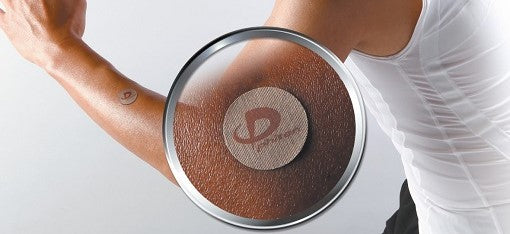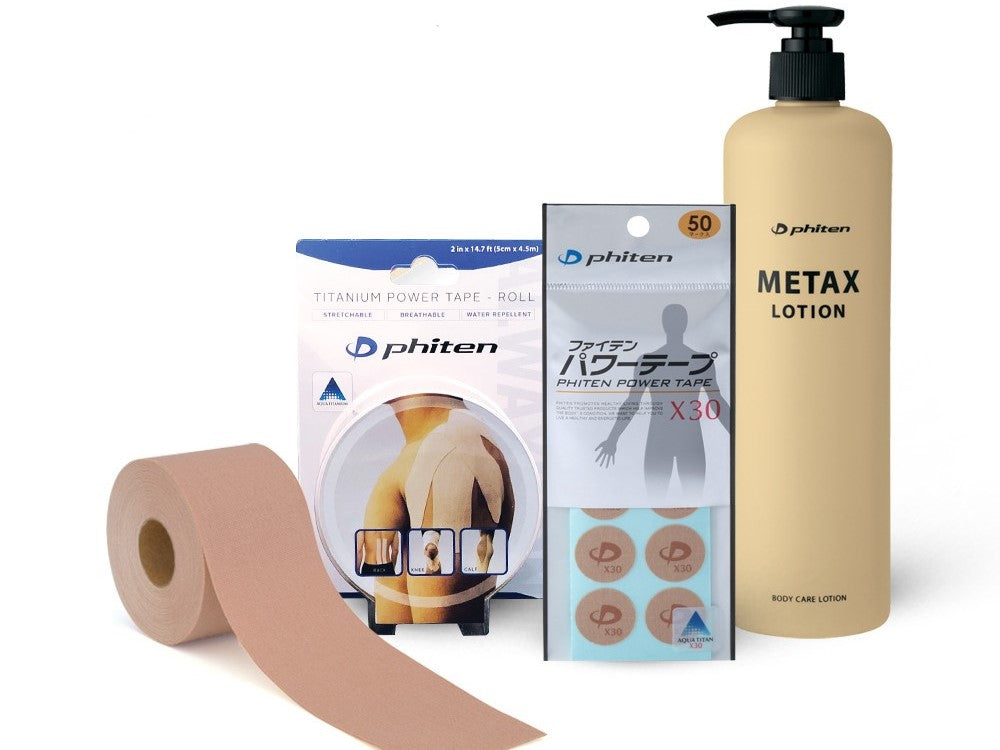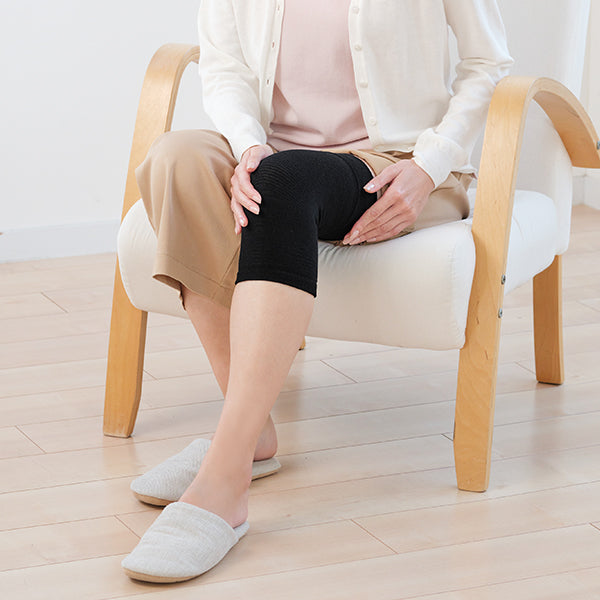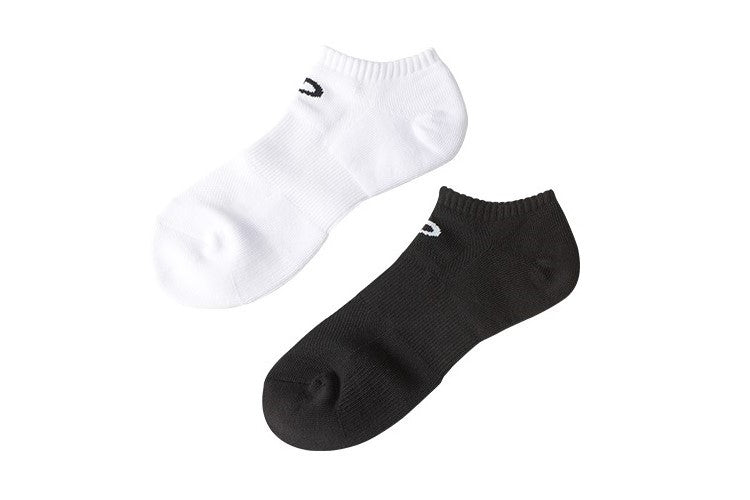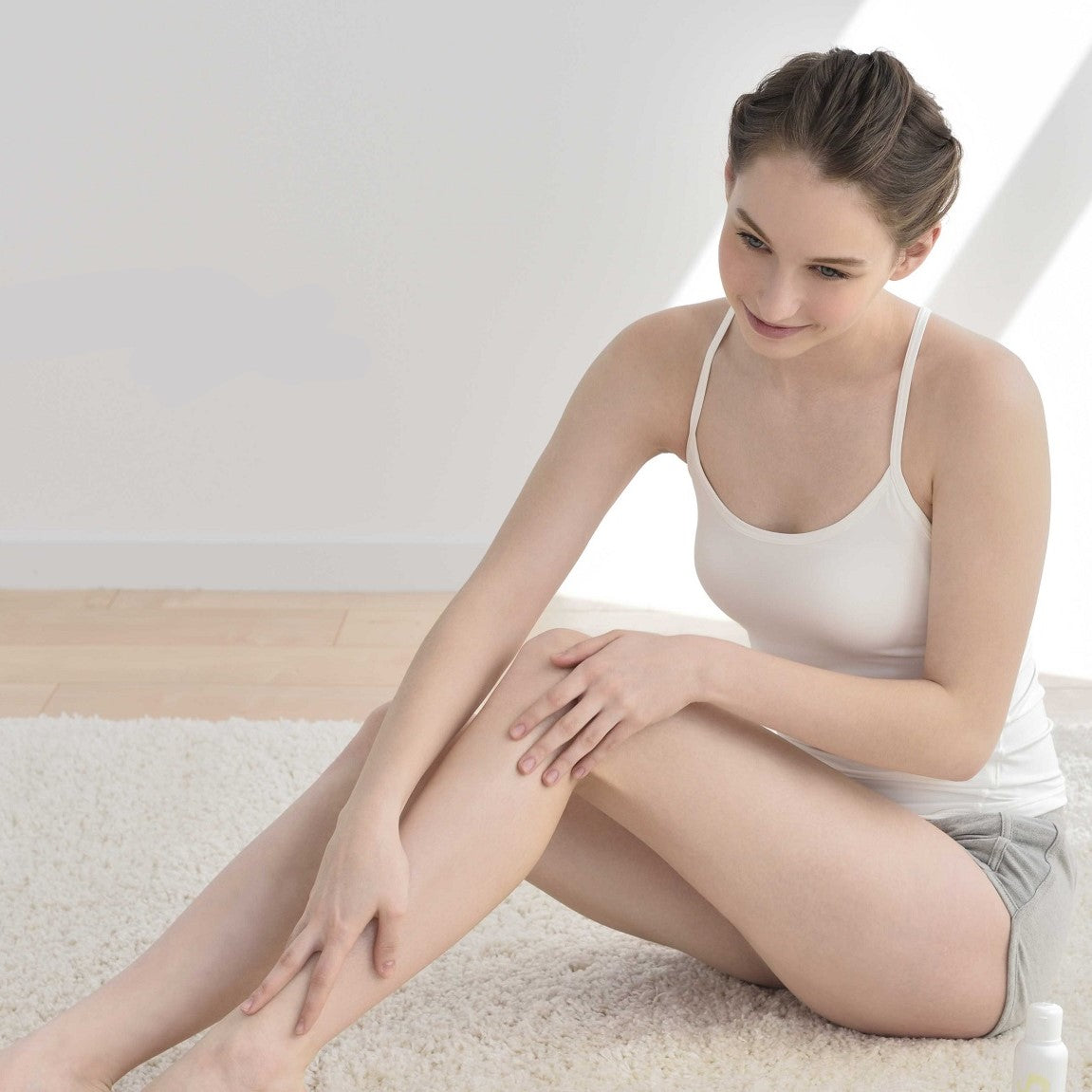UNDERSTANDING YOUR BACK: A LOOK AT SPINAL STENOSIS
Following our series on the primary causes of lower back pain, this week we turn our attention to a prevalent condition known as "Spinal Stenosis."
Spinal Stenosis – A Comprehensive Overview
Spinal Stenosis is a degenerative condition where the spaces within our backbone become constricted. This narrowing can exert pressure on the spinal cord and the nerves that travel through the spine. While the lumbar (lower back) and cervical (neck) areas are the most commonly affected, the repercussions can radiate throughout the body.

Some individuals with spinal stenosis might not exhibit any symptoms, making it a silent discomfort for many. However, for those who do experience symptoms, they can range from mild tingling and numbness to severe pain and muscle weakness. It's noteworthy that these symptoms can intensify over time if left unaddressed.
The primary culprit behind spinal stenosis is wear-and-tear changes in the spine associated with osteoarthritis. While some opt for therapeutic treatments, others with more severe manifestations may need surgery. Surgery aims to enlarge the spinal canal and alleviate the pressure on the spinal cord and nerves. However, it's essential to understand that surgery, while relieving pressure-related symptoms, may not entirely eliminate pain due to underlying arthritis.

Causes
Aging: With age, our spinal structures undergo wear and tear, leading to narrowed spaces.
Osteoarthritis: The wear and tear damage from osteoarthritis can prompt the formation of bone spurs, narrowing the spinal canal.
Rheumatoid Arthritis: Inflammation can lead to excess tissue growth and spinal stenosis.
Trauma: Accidents and injuries can dislocate or fracture the spine, causing swelling of nearby tissues.
Heredity: Some people may have a naturally small spinal canal or be born with structural defects that can lead to stenosis.
Symptom Checklist
□ Back or Neck Pain: Chronic pain that intensifies over time.
□ Numbness or Weakness: Often felt in the legs, arms, or hands.
□ Balance Issues: Difficulty walking or maintaining balance.
□ Cramping: Especially after long periods of standing or walking.
Note: This checklist is not exhaustive. Experiencing these symptoms should be a cue for a medical consultation.
At-Risk Groups
- Older Adults: Aging increases the risk due to natural degeneration.
- People with Past Spinal Injuries: Accidents can predispose one to spinal issues.
- Genetic Predisposition: Family history of spinal disorders can increase the risk.
Prevention and Management
- Regular Exercise: Especially those that enhance strength and flexibility.
- Maintaining Good Posture: Aids in reducing undue stress on the spine.
- Healthy Weight Management: Excess weight, especially around the midsection, can add additional pressure on the spine.
- Regular Check-ups: To catch potential issues before they escalate.
Awareness and proactive measures are essential in managing Spinal Stenosis. We encourage anyone with persisting symptoms to consult a healthcare professional promptly.
We hope this information helps you better comprehend Spinal Stenosis. Your health and well-being remain our utmost concern. Stay tuned for more health insights in our upcoming newsletters!
Disclaimer:
Please note that the information provided in this newsletter is for educational purposes only. It is not intended as a substitute for professional medical advice, diagnosis, or treatment. Always seek the advice of your physician or other qualified health providers with any questions you may have regarding a medical condition.
These statements have not been evaluated by the FDA. This product is not intended to diagnose, treat, cure or prevent any disease.
Individual results may vary significantly. Not all users will experience the intended benefits of Phiten products, and individuals must try for themselves to see whether it works for them.


